6 Ways to Cool Off Without Air Conditioning
Having an air conditioner is a near-must in climates where months-long heat waves are a summer norm. And with that comes an equally scorching energy bill. Even in regions with gentler climates, homeowners can still experience enough hot days in a row to nearly go mad.
It doesn’t have to be so hard. Whether you want to save money by running your air conditioner less or brave the heat without one, here are six steps that will help you stay cool.
1. Block the Sun from Reaching Your Windows
Energy-efficient houses depend on well-designed shading systems. This is because the best way to avoid summer heat is by blocking the sun’s rays from ever reaching windows.
It’s a simple concept that we regularly employ with beach umbrellas to protect our skin. Yet when it comes to houses, for some reason people tend to believe that interior drapes are as effective as exterior shading. It’s simply not true.
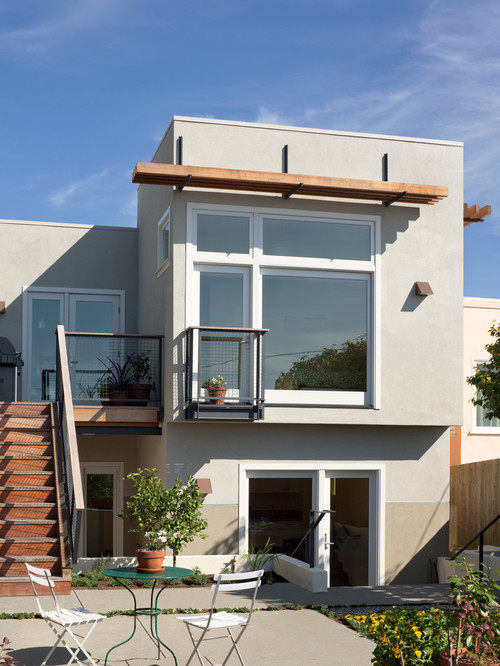
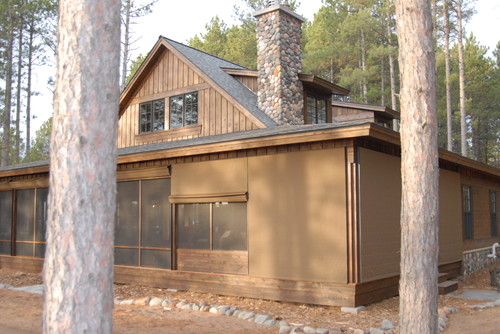
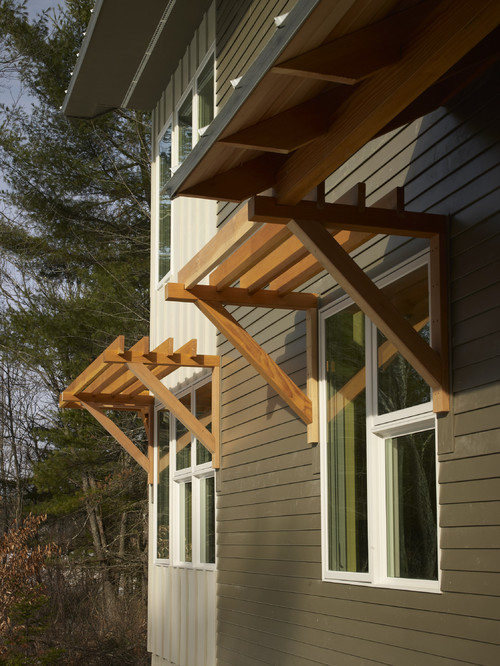
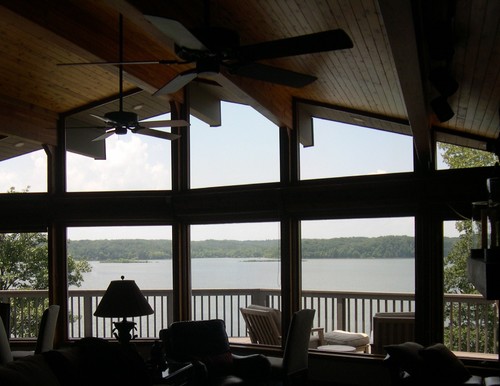

I can’t stress enough that the best way to beat the heat is to block the sunlight before it reaches your house. You can do thisby hanging shades, installing awnings or even planting trees. The most effective use of the funds in your home-cooling budget is in this first step.
When you’re planting trees for shade (or installing any kind of shading), think about the sun’s path through the sky. It may help you to check out an app called Sun Surveyor that can help you track the sun’s path and how its rays hit your house.
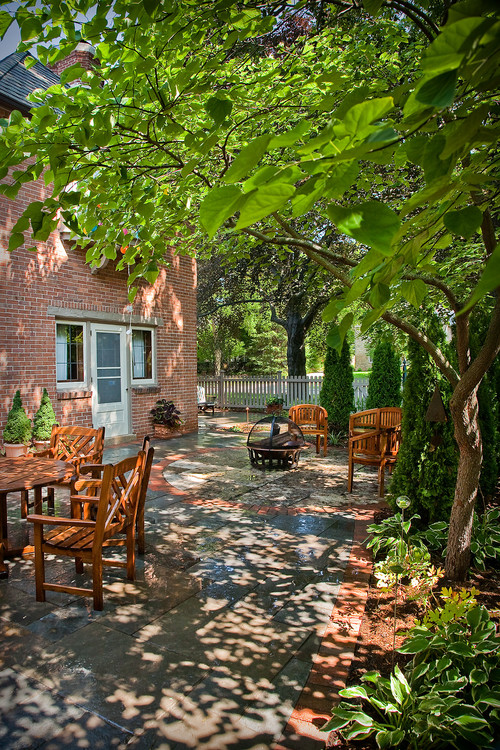
2. Add Interior Drapes, Blinds or Shades
Once the heat from the sun’s rays passes through the glass of a window, that heat is in the house and needs to be ventilated to escape. You want to keep your floors and walls from soaking up heat from direct rays and emitting it throughout the day. It can help to add another layer of protection between the window and the main thermal mass of your home.
Sheer drapes are a nice way to mitigate direct sun rays to the floor but maintain soft, natural daylight. Plus, white reflects sunlight better than colors.
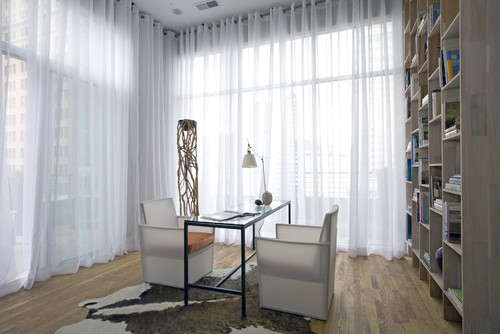
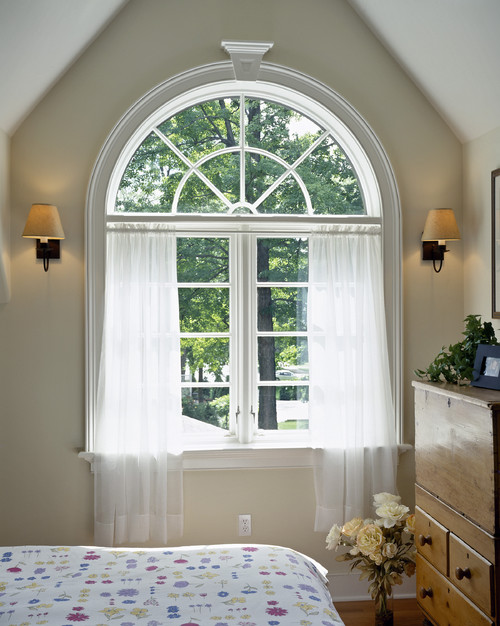
There are a couple of tricks that you can employ with sheer drapes that you can’t pull off with interior blinds or shades.
My favorite thing to do is throw sheer drapes in with laundry the night before a really hot day. You could just as easily dunk them in a bucket of water and ring them out. I set my machine to finish about the time I get up in the morning. I also put four or five drops of tea tree oil in with the load. When I get up in the morning, I take the drapes directly from the washer (still damp) to the rod and clip them in place. The open windows let the morning breeze pass through the drapes, cooling the air before it reaches me and filling it with the fresh smell of tea tree oil.
By the time they drapes have dried out, it’s about time to shut my windows anyway. You could do the same routine in the evening, but I wouldn’t recommend the washing machine version because of the heat it generates.
3. Get the Air Circulating
Air will flow only if it is forced (via a fan of some sort) or if there is a large temperature difference with a neighboring body of air.
Night cooling is a great way to naturally decrease the temperature in your house. It will exchange hot interior air for cooler outdoor air. As I mentioned before, I have my windows open only in the early morning, at night or late in the evening when it is cooler outside than my ideal temperature indoors.
You may need to do some testing to see what works best for you. What’s best will depend on your climate and the orientation of your house toward the sun. For this to work, there needs to be a substantial difference in temperature between the inside of your house and the outside. Once the outdoor air starts to heat up, I close my windows to try and keep as much of that heat out as possible.
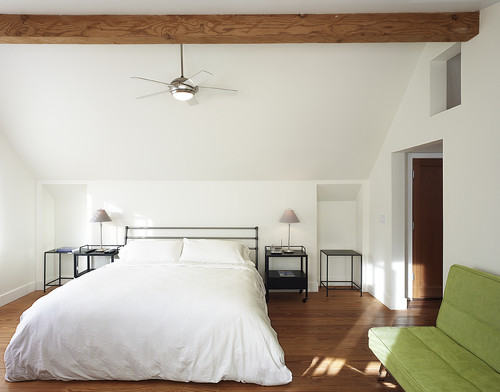
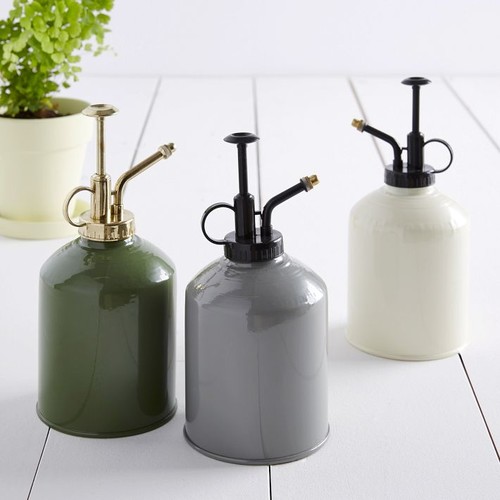
The reason everyone loves misters in the summer is not for the humidity of the water in the air, but for the evaporative cooling effect of water being lifted off the skin. I always keep a couple of plant misters around the house for a quick spritz as I pass by.
Another evaporative cooling tip, borrowed from history, is to set a big chunk of ice (or ice packs) in front of a fan with a tray underneath to catch the water as it melts. It makes for a really cheap and fairly effective DIY air conditioner for small rooms. I recommend closing off the space as much as possible, so you don’t lose that great cool air.
4. Turn Off Major Appliances During the Day
To help maintain those cooler temperatures during the day, reduce anything that generates heat in your house or apartment. For example, don’t use the dryer or oven and try not to open the fridge too often. The more you open it, the more the motor has to work to cool it down again. The heat generated from that work will be released back into your home or apartment.
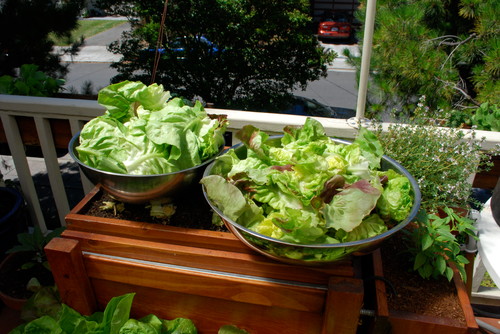
5. Transition Your Bed Into Summer Mode
I don’t know about you, but I feel summer heat the most when I’m trying to sleep. Reduce the amount of bedding you have. Also stick to natural fabrics like linen (these are from Rough Linen) or 100 percent cotton. Synthetic blends don’t breathe enough to release all the heat we generate during the night.
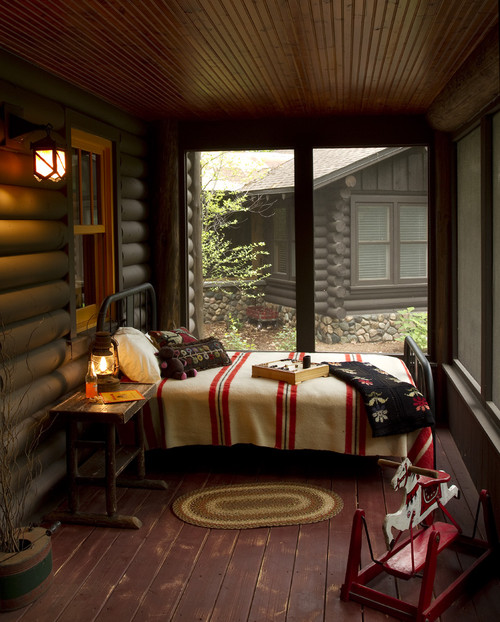 Also, keep your sheets fresh. An old trick from the southern U.S. is to sprinkle some baby powder or talcum powder on your sheets. It will absorb sweat while you’re sleeping and keep your sheets feeling fresh and clean.
Also, keep your sheets fresh. An old trick from the southern U.S. is to sprinkle some baby powder or talcum powder on your sheets. It will absorb sweat while you’re sleeping and keep your sheets feeling fresh and clean.
Depending on your home and security concerns, you may have a little exterior screened-in space that can be used like a sleeping porch. You could have a little daybed with light linens for nights when it’s comfortable enough to sleep in open air.
Or, hey, forgo the linens altogether and sleep in a hammock for the summer!
6. Stay Hydrated
Everyone knows that staying hydrated in summer is extremely important. But did you know that drinking water also helps regulate your body temperature?

Article courtesy of Houzz
6 Ways to Cool Off Without Air Conditioning

The Boehm Team | (830) 428-8106 | info@MyBoehmTeam.com
Featured Properties
